Workshop hosted by:
The Somaliland Ministry of Agriculture and the Somali Agricultural Technical Group (SATG)
In conjunction with Amoud University, USAID Partnership for Economic Growth
1. Introduction
Appropriate agricultural technologies have the potential to contribute towards enhancing food security and alleviating poverty. The Green Revolution in Asia in the 1960’s, for example, led to a three-fold increase in rice and wheat production, through farmers’ adoption of appropriate crop varieties, fertilizers, and irrigation. Technology testing is fundamental to:
a) understanding the potential benefits of new and innovative technologies (whether introduced or locally developed) by allowing the performance, inputs, and outcomes to be measured, monitored, and benchmarked;
b) addressing agricultural constraints relating to a lack of improved varieties; the proper use of inputs; soil fertility; appropriate crop production and protection measures; and the use of appropriate post-harvest and processing technologies,
c) assisting stakeholders in formulating policy, setting priorities, and undertaking strategic planning for technology transfer and dissemination.
The transfer and dissemination of properly tested technologies can be the basis for increasing agricultural production, which in turn can contribute to improved food security and poverty alleviation. The processes involved in agricultural technology testing and transfer form part of what is called agricultural research and development (R&D).
Generally, a technology testing system is supported by various other systems that complement each other in achieving the desired outcome. These systems consist of: a) a research unit which develops and tests new technologies; b) service providers that extend the newly developed technologies into the farming community; c) in the case of new improved varieties, a seed multiplication unit/seed companies that multiply the seed into different classes (breeder, foundation, and certified seed); d) a technology certification unit that certifies the suitability of the new technology; and e) input providers (agro dealers) that offers farmers with agro inputs necessary to increase their production. In addition, the system is supported by a regulatory body, which ensures the proper testing of technologies prior to release and dissemination.
In 2012 (Gu and Deyr growing season), the Partnership for Economic Growth in collaboration with Amoud University and Somali Agriculture Technical Group (SATG) has conducted a series of trials and demonstration plots on vegetable crops (tomato, onion, watermelon, cabbage, lettuce and peppers) in various agro-ecological zones in the Awdal region. Superior varieties and best vegetable production practices were identified. These are being demonstrated in farmer fields in Amoud, Baki and Ruqi of the Awdal region.
This paper is intended to provide background information to participants at a forthcoming stakeholders workshop in Hargeisa on 19-21 March, 2013. It is hoped that this workshop will provide a participatory platform through which various stakeholders can share information and contribute towards identifying ways in which agricultural support and applied research services in Somaliland can be enhanced.
2. Objectives of the workshop
1. To share with stakeholders the outcome of trials conducted in Amoud and learn from other experiences
2. Understand the current and emerging issues of agriculture in Somaliland
3. To identify the key technical, institutional and policy challenges and opportunities for agricultural R&D in Somaliland
4. To develop a short list of strategic options that the Ministry of Agriculture can, in collaboration with other (potential) development agencies and the commercial sector, facilitate/implement to enhance delivery of agricultural support and applied research services
3. Agricultural research and development in Somalia/Somaliland: 1960-1990
Though weak, a system of agricultural research and development existed in Somalia/Somaliland from the late 1960’s, when the Central Agriculture Research Station (CARS) was first established. The centre was based in Afgoi, about 30 km west of Mogadishu and had three substations to support its research activities. Alexandria substation was based near Jilib (Middle Jubba); Bonka substation was located near Baidoa (Bay region) and Aburein substation was located near Hargeisa, Somaliland. While Bonka and Aburein substations were engaged mainly in dryland agriculture, Alexandria substation was engaged in activities related to irrigated agriculture.
Prior to 1980, most of the agriculture research activities were conducted at CARS-Afgoi. Maize was the major research commodity at CARS and to a limited extend, the centre was also engaged in research on grain legumes, oil crops, forages, fruits and vegetables. In the early 1980s, Bay Region Agriculture Development Project (supported by Wyoming University) was established and Bonka substation became the centre for dryland agricultural research. Alexandria and Aburein substations remained poorly equipped and understaffed. At Bonka, sorghum constituted almost 90% of the research activities. However, the station also conducted research on other crops such as cowpeas, mung beans, sunflower, safflower, groundnut, soybeans and pigeon peas. New germplasm of various crops was introduced from all over the world. These materials were evaluated at the stations and superior lines were identified. Despite various limitations (insufficient financial resources; lack of skilled professionals; weak linkages between agriculture research, extension workers and academic institutions; and a lack of priorities and policies required for technology testing and transfer), a number of success stories emerged, as detailed in Box 1.
Box 1. Success stories from agricultural technology testing in Somalia/Somaliland
Somtux maize: Maize variety improvement began in 1971 and involved both germplasm introduction as well as conventional breeding techniques. This resulted in the identification of Tuxpeno maize variety as having good adaptation and desirable agronomic qualities; the introduction of the Godey variety of maize from a neighbouring country; and the release of the first composite variety of maize called Afgoi Composite. In 1979 a new variety “Somtux” was produced and released to the farmers. This was followed by the release of Isoma in 1983. Trials conducted showed that both Somtux and Isoma provided a significant yield increase when compared to local varieties. Somtux was readily accepted by most farmers in the Lower Shebelle region and is still grown today, though the variety has lost its purity over the years.
Filsan mung bean: Hundreds of introduced mung bean germplasms were evaluated in replicated trials at Bonka Dryland Agriculture Research Station (BDARS) between the years of 1982-1990. An outstanding success story was the release to farmers in 1987 of a superior mung bean variety called Filsan. Varietal studies conducted over several years showed that Filsan had larger seeds, and produced more seed per hectare than other varieties. Filsan consistently matured at least ten days earlier than the local variety, making it less risky to produce during the shorter Deyr season. The research findings on Filsan led to extensive on-farm studies and demonstration plots throughout the Bay region, comparing Filsan to local mung bean varieties. The farmers in the Bay region readily accepted Filsan as the best available mung bean variety, and seed of this variety was in high demand. The research effort which led to the development and release of Filsan was rewarding to both the staff at BDARS and to the farmers of the Bay region.
Phosphorous a limiting factor: Field trials conducted between 1984 and 1990 found that phosphorus was the most important soil fertility factor determining crop yield levels in the Bay region. Experimental results showed that sorghum growth and yield significantly increased between 100% to 400% when Triple Super-Phosphate (TSP) was properly applied at rates between 17.5 and 35 kg ha-1. Phosphorus fertilizers were shown to promote early seedling vigour and crop maturity of both sorghum and mung beans. Although the collapse of the Somali state prevented the dissemination of Phosphorus fertilizers to farmers, it is anticipated that the applied transfer of this technology will likely have a positive impact on food production and food security in the future.
Soil moisture conservation: Soil moisture conservation was one of the success stories in the North West agriculture development project. Soil contours were introduced throughout the region to control soil erosion and conserve moisture for agriculture production. This practice is widely practices by the majority of dry land farmers in Somaliland.
Use of animal traction: Use of animal traction is a common practice in the dry land farming in Somaliland. In recent years, tractor use has become a popular practice, particularly after the first rain. Several NGOs are encouraging this practice by providing free services to the farmers. While this is done under a good intension, this practice creates a hard pan under the soil surface, thus negatively impacting the soil properties and overall productivity.
4. Present efforts for agriculture technology testing and transfer
Since the collapse of the Somali state in 1990, all government institutions ceased to exist, and a number of NGOs and international organizations have taken the lead in providing services to farmers. Some of these services include the provision of seed, inputs, training, rehabilitation of irrigation canals, and post-harvest technologies. Seed distribution is a common short-term intervention, but limited effort has been made to assess the agro-ecological conditions, varietal suitability and technology adaptation to the local context. Generally, seeds and inputs are imported from neighbouring countries and introduced directly to the farming community without prior testing. This can be a costly operation for small-scale farmers if their crops fail due to poorly planned seed interventions. There are also several cases where non-indigenous diseases and unknown weeds have been introduced along with contaminated seeds.
Some NGOs have developed an internal system of testing by introducing new technologies through Farmer Field Schools (FFS), but a lack of qualitative and quantitative data and comparative analysis makes it difficult to construct informed decisions about the technologies introduced through FFS. In recent years, local purchase of seed materials has become a common trend, but the absence of a seed certification system in the country makes it challenging to maintain seed purity and seed viability. Some donor agencies insist on the use of certified seeds which are currently not available in the country, thus making it necessary to import seed varieties that have not been tested in the country.
For appropriate technology testing and dissemination, some organizations have sought technical advice from the Consultative Group for International Agricultural Research (CGIAR) centres such as the International Crops Research Institute for the Semi-Arid Tropics (ICRISAT) or the International Maize and Wheat Improvement Centre (CIMMYT), while others seek technical support from regional institutions such as the Kenya Agricultural Research Institute (KARI) or private institutions based in the region. This is a positive move that should be encouraged. SATG, in partnership with ICRISAT, ILRI, CIMMYT and AVRDC, has provided technical support for technology testing, dissemination and training to a number of organizations, including Concern Worldwide, FAO Somalia, Adeso and Amoud University. In partnership with FAO,SATG has tested and identified superior maize varieties in the Lower Shebelle region and disseminated household metal silos as a means of reducing storage losses in the Bay region. Through the partnership with FAO, it was reconfirmed that Filsan mung bean, identified as a superior mung bean variety in the late 1980’s (see Box 1), still possesses the same qualities of early maturity and yield superiority when compared to the locally grown variety. In 2012 DAI partnered with SATG and Amoud University to undertake testing of vegetable crops in Amoud. Through this partnership, superior vegetable varieties were identified. These are currently being tested in farmer fields in Borama, Baki and Ruqi. SATG, in partnership with CIMMYT, is currently testing drought-resistant maize hybrids in the Lower Shebelle region of Somalia.
There is the potential to provide such types of technical support to a broader range of implementing agencies operating in Somaliland, and to establish sustainable, long-term programmes for agricultural R&D. The recent developments in Somaliland, as well as the prevailing peace, stability and enabling environments, are attracting professionals and highly skilled Somalis from the Diaspora to come back to their homeland and contribute in the reconstruction of both public and private institutions. There are an increasing number of emerging universities and colleges that can also contribute to capacity-building and longer-term research and development programmes.
5. Towards future models for agriculture technology testing and transfer
The models outlined here for the establishment of technology testing and dissemination systems require a team-based approach from all parties engaged in research and development. These include the Ministries of Agriculture, Livestock and Higher Education, academic institutions, input suppliers, seed producers, international and local NGOs, and international organizations. CGIAR centres, in partnership with locally established institutions with high levels of technical experience and skills, can provide the technical backstopping required for the implementation of projects. The partnership of emerging higher education institutions and public institutions can provide an excellent opportunity for testing and disseminating new improved technologies. The process can be simplified by engaging the farmers directly through a format similar to Farmer Field Schools (FFS), which is very popular in many African countries. Once a superior technology is identified, service providers and commercial agro-dealers can be advised accordingly. An independent unit (perhaps from the local authority or the existing academic institutions in the region), can be established to undertake the certification process for the improved new technology.
It is important to note that much has changed in the developing world with regard to technology testing and dissemination. When Somalia had a functioning government technology testing and dissemination was largely the domain of the public sector, but increasingly the role of the public sector is being replaced by that of commercial business service providers including seed and fertilizer companies and suppliers of crop protection products. Agro processors are engaging directly with farmers to ensure they have a regular supply of quality raw materials for their businesses, and financial institutions are playing a critical role in ensuring access to finance. The International Fertilizer Development Center (IFDC) is working with SATG and will present ideas for capitalizing on the well-known entrepreneurial skills of Somalis to assume greater responsibility in technology testing and dissemination providing both employment opportunities and improved access to productivity enhancing inputs.
Structure and Output of Agriculture Technology Testing and Transfer Workshop:
Day 1 will have presentations / discussions including:
- Technology testing and transfer-background information
- Procedures for variety registration, seed certification and policy implication-experience from other countries
- Presentations by institutions and organizations in Somaliland that have engaged in agriculture technology testing such as USAID Partnership Program /SATG / Amoud University, Ministry of Agriculture, FAO, IFAD and Concern
Day 2 will have a series of small group discussions and presentations by participants that will guide a learning process in drafting a seed testing and certification policy. Guiding questions for each small group discussion include:
a) Variety testing:
– What should be some requirements for importing seeds into Somaliland?
– Which entities can and should be able to test agriculture technologies, such as new seed varieties?
– What general standards (number of locations, number of years/seasons, agronomic traits, etc.) should be put in place for a new variety testing?
– What are the appropriate ways of involving local farmers during variety testing and how involved can/should the community be?
– What initial tests have to be done before trials can begin in Somaliland?
– Dry land vs. irrigated agriculture technology testing.
– What is the role of private versus public research?
– How is data reviewed, analysed and approved for trials?
b) Variety release
– What types of committees are needed oversee variety testing and release?
– What are some of the roles that variety release committee should play?
c) Certification:
– How should a ‘seed certification’ be defined?
– What should be some general guidance for the certification process?
– What quantities of seed need to be tested before they can be certified?
i. What is the role of an independent agriculture technology certification unit?
ii. What type of technical backstopping is required from the international and regional programmes.
d) Local production, dissemination (transfer) and commercialization:
– When the seed is being produced, what guides should be used when disseminating to farmer?
– What standards should be followed once technologies, such as seed varieties, have been tested?
– What type of labelling should there be?
– Who owns the research/knowledge of the testing?
– When can / should research be publically disseminated and when can it be used for commercial purposes?
– What practices should guide the commercialization process?
i. Role of research universities? Role of input suppliers/agribusinesses? Role of seed producers?
– What good practices should guide dissemination through local suppliers, importers, etc
UA-13025426-1
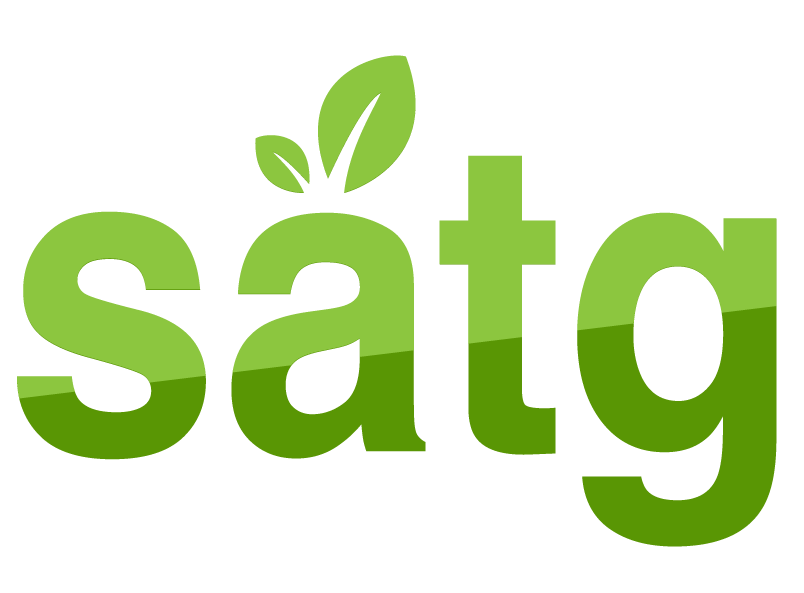
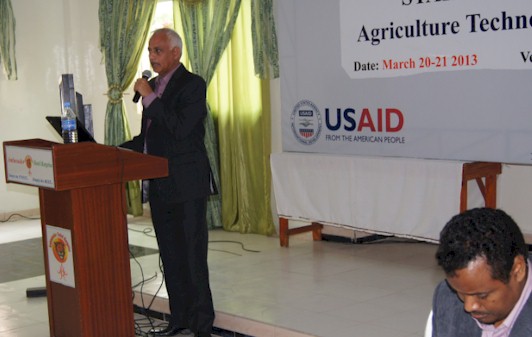






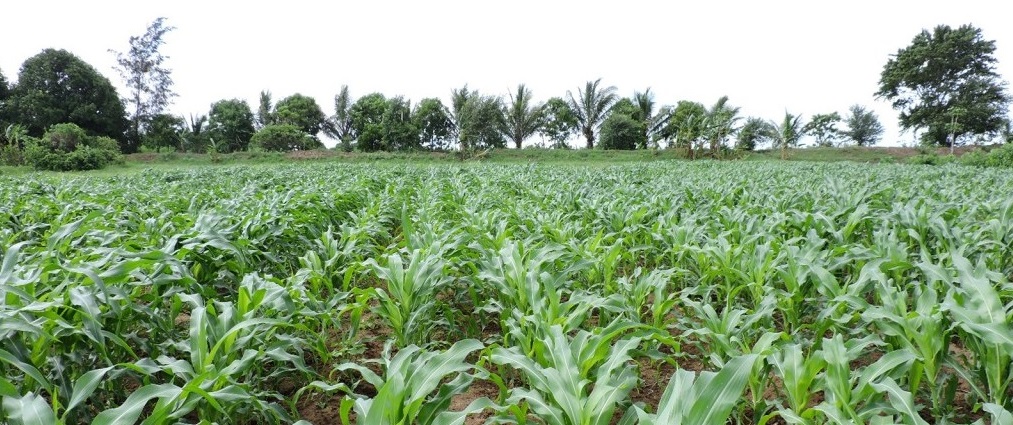
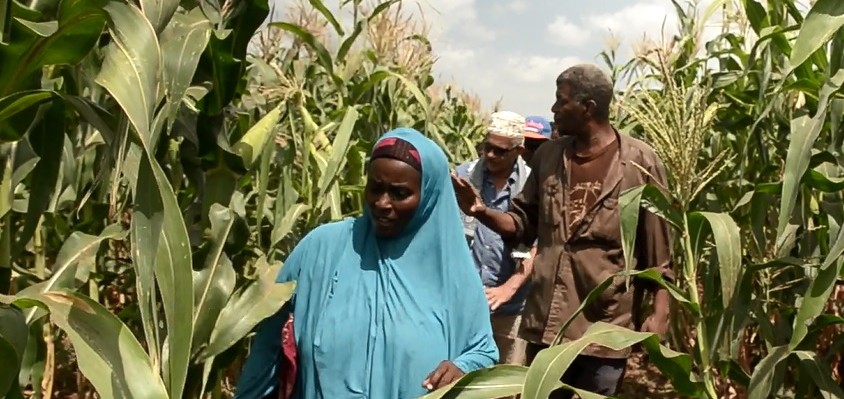
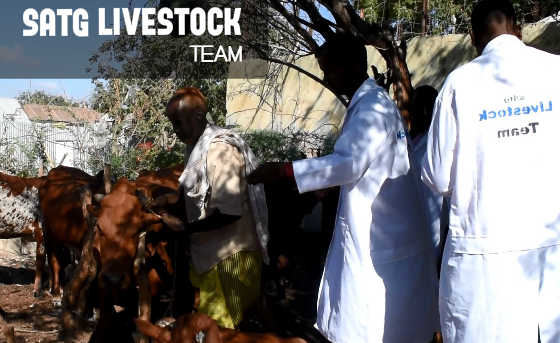
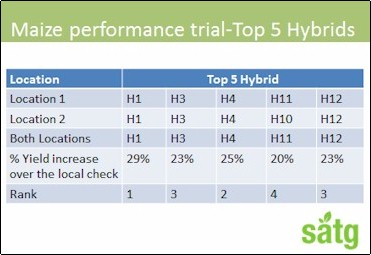
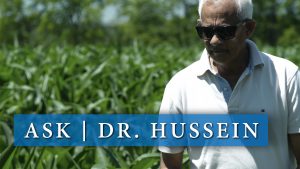
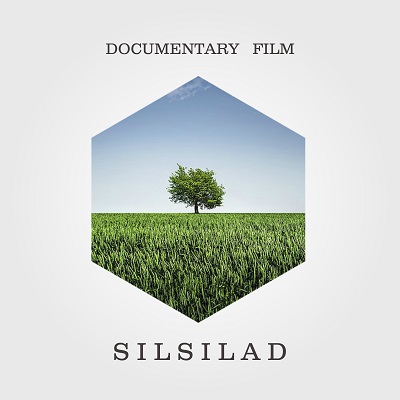

Recent Comments